How will hyperloop systems affect society and transport?
- Like
- Digg
- Del
- Tumblr
- VKontakte
- Buffer
- Love This
- Odnoklassniki
- Meneame
- Blogger
- Amazon
- Yahoo Mail
- Gmail
- AOL
- Newsvine
- HackerNews
- Evernote
- MySpace
- Mail.ru
- Viadeo
- Line
- Comments
- Yummly
- SMS
- Viber
- Telegram
- Subscribe
- Skype
- Facebook Messenger
- Kakao
- LiveJournal
- Yammer
- Edgar
- Fintel
- Mix
- Instapaper
- Copy Link
Posted: 19 December 2018 | RS Components | 1 comment
Said to be faster than trains, safer than cars and less damaging to the environment than aircrafts, hyperloop technology is quickly gaining traction. RS Components explores the benefits and challenges that the innovative mode of transport could have on society.
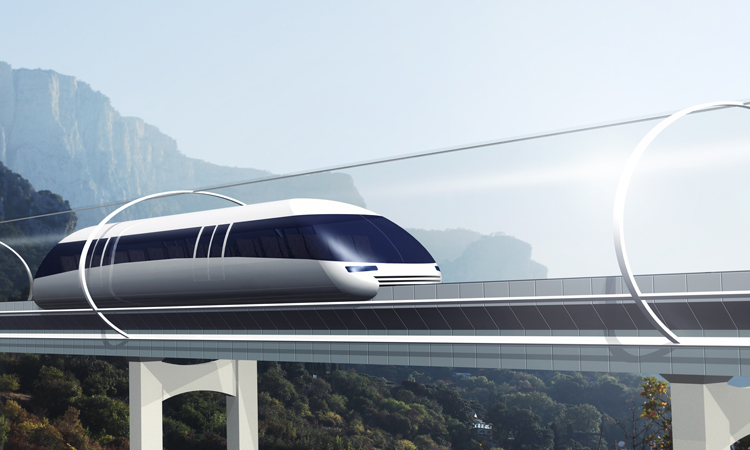

Elon Musk’s latest invention – hyperloop – is racing ahead, and is expected to be ready for commercial operations by 2021. But just how practical is this pod that shoots you through a vacuum at 700mph?
Hyperloop as a common mode of transport
An American transportation technology company launched Virgin Hyperloop One in 2014, hyperloop’s leading contender, with the aim of working to commercialise the high-speed technology.
Noted as the 21st century’s biggest travel breakthrough, hyperloop is challenging all modes of transport in the race against time.
If every passenger trip between 500km and 1,500km that are currently made on flights, used hyperloop instead, emissions could be reduced yearly by 58 per cent.
Imagine the difference a three hour trip by train, reduced to 30 minutes, would make to all of our lives. In addition to this, prices are said to be comparable to that of intra-city public travel.
RS Components have analysed what public transport would look like if a hyperloop system replaced our current rail services into the capital of the country. You can view the interactive graphic here.
How much travel time could you save travelling from some of these major cities across the UK to London?
| Hyperloop | National rail journey planner | |||
| City | Time taken (mins) | City to London (mins) | Time saved (mins) | How many times faster |
| Coventry | 8 | 62 | 54 | 8x |
| Leicester | 8 | 65 | 57 | 8x |
| Birmingham | 9 | 83 | 74 | 9x |
| Stoke | 12 | 88 | 76 | 7x |
| Nottingham | 10 | 100 | 90 | 10x |
| Sheffield | 13 | 129 | 116 | 10x |
| Manchester | 14 | 125 | 111 | 9x |
Implementation challenges
Although in theory it sounds fantastic, it is important to consider the several challenges hyperloop faces in both construction and its impact on society. The biggest speed bump hyperloop faces is the cost of the technology and elaborate tube system, estimated to cost millions of dollars.
The vehicle is transported by electric propulsion1 through a low-pressure tube and floats above the track using magnetic levitation. The long vacuum chamber manufacturing requires advanced technical skills which are costly and also risky to maintain. High risk to life, limited space in the train and land use rights are some other concerns and challenges that hyperloop will face, not to mention the installation would require a large number of trees to be cut down, leading to environmental loss.
However, it’s said to be two to three times faster than high-speed rail and will undoubtedly take the dread out of daily commutes. The engineering behind hyperloop has made it immune to bad weather conditions2, resistant to earthquakes and one of the safest modes of transportation. This would therefore reduce or completely eradicate the lengthy and annoying delays we all face on commutes to and from work.
The potential benefits to society
Research figures show the journey from London to Birmingham would take nine minutes when using hyperloop or 83 minutes by national rail – a total saving of 74 minutes. Further distances include 22 minutes from London to Newcastle (saving 149 minutes), 29 minutes from London to Edinburgh (saving 231 minutes) and London to Glasgow only taking 31 minutes (saving 238 minutes). Shorter journeys into the capital will open up job opportunities and have a positive impact on tourism and sustainability.
Hyperloop will also improve access to education. With universities spread around the country, choosing one that’s right for you but isn’t too far from home is a challenge that many face when selecting their prospect university. However with city-to-city links via hyperloop reducing travel time massively, there is no longer a limit to selecting universities close to home.
Aside from travel time reduction, hyperloop will contribute towards solving the housing crisis. The cost of living in locations like London and San Francisco is pushing the poorest residents out due to financial instability. Therefore, by making travelling to places around the country cheaper, people will be more willing to live outside of the city. For example, travelling cheaply from Edinburgh to London would draw more people to live in Edinburgh, which has a significantly lower cost of living than London and a huge stock of houses available. Similarly, houses in Los Angeles are around 66 per cent cheaper than in San Francisco, with the travel time between the two only taking 30 minutes with hyperloop.
Each pod is estimated to hold up to 28 passengers, which is significantly less than your regular train or plane, however the aim is for each pod to leave every 30 seconds during rush hour and every two minutes on average.
Hyperloop is not only designed to carry passengers, but transport goods too. This will improve delivery time, avoid damage to packages and decrease the number of delivery cars, resulting in less emissions. The Netherlands have developed a capsule that does exactly this, the ‘Delft Hyperloop’ which carries both passengers and freight. The infrastructure for the tube is proposed to be above ground to reduce the cost of building underground or buying up land to use, and to avoid spoiling property of landowners.
Elon Musk said: “Hyperloop would inconvenience landowners no more than having a telephone pole on their property3.”
So what’s powering this major new form of transport? Electricity and solar power is the simple answer. The pods would get their velocity from an external linear electric motor, and the tube would have solar panels placed on top which would generate more energy. Therefore, only a small amount of electricity is needed to power hyperloop to its top speeds, making this one of the most environmentally friendly modes of transport alongside the electric car.
So how close are we to seeing these changes in society? Since the launch of hyperloop we’ve come a long way. In 2015, SpaceX built a mile-long test track; in 2016, MIT researchers showcased a prototype of the pod and then demonstrated the first ever low-pressure run a year later in 2017; in 2019, an offshoot company aim to build a full line in Abu Dhabi. These developments have led to thousands of job opportunities in engineering and technology. Research, development and testing are still underway, with millions of investors interested in developing the project.
Hyperloop is one of the most advanced technologies in transportation to date, and it has created a massive shift in human ingenuity. Whether it’s three years away or 30, Hyperloop poses some very effective and promising opportunities for society.
References:
- https://hyperloop-one.com/facts-frequently-asked-questions
- https://www.spacex.com/sites/spacex/files/hyperloop_alpha.pdf
- https://nextcity.org/daily/entry/five-things-elon-musks-hyperloop-could-mean-for-the-future-of-cities
Related topics
Alternative Power, Connected & Autonomous Vehicles, Infrastructure & Urban Planning, Passenger Experience
Related modes
Hyperloop
Related organisations
RS Components
Related people
Elon Musk




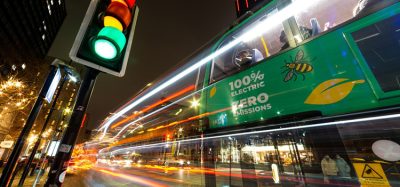
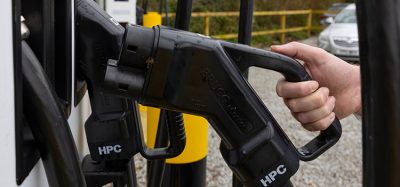
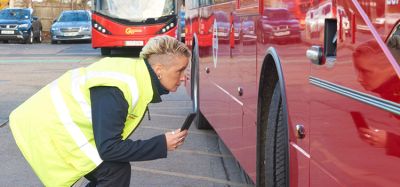
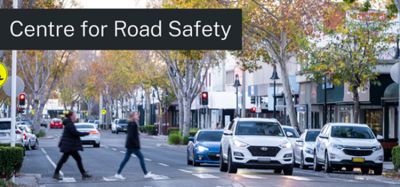

This article starts with a very good, relevant question, but doesn’t even touch that topic. Having very fast connections between node points, shifting the main time consumption of transportation to the access way (local transport) to those very nodes, will have a huge impact on peoples’ travel behaviour. This will largely impact the local lower speed transport system. Re-thinking mobility will need to be started soon if Hyperloop starts being built on large scale.